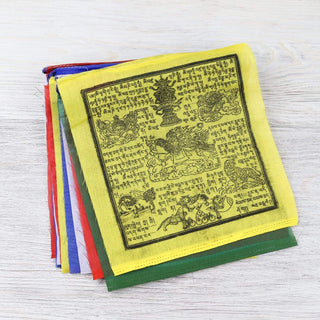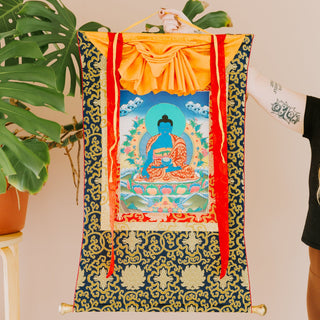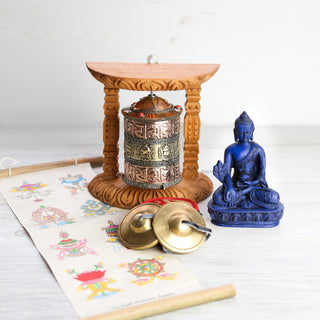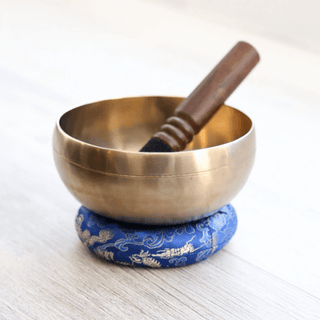The prayer wheel is a sacred object in Tibetan Buddhism, with a rich history and important role in spiritual practice. In this post, we'll explore the origins of the prayer wheel and how it is used by Tibetans today.
The origins of the prayer wheel can be traced back to the ancient Bon tradition of Tibet, which predates the arrival of Buddhism in the region. In the Bon tradition, prayer wheels were used as a means of transmitting prayers and invoking the blessings of the spirits. When the Buddhist teachings were introduced to Tibet, the prayer wheel was adopted as a tool for spiritual cultivation and has been an important part of Tibetan Buddhist culture ever since.
Prayer wheels are typically made from metal, wood, or other materials, and are inscribed with the mantra "Om mani padme hum," which is believed to contain the essence of the Buddha's teachings. The mantra is written on a scroll of paper or inscribed on the surface of the wheel itself, and the wheel is filled with mantras or other sacred texts.
Traditionally, prayer wheels are turned clockwise, with the belief that the prayers and blessings contained within will be released into the world as the wheel turns. Tibetans often carry small, handheld prayer wheels with them and spin them regularly as a form of spiritual practice. Larger prayer wheels are also found at temples and other sacred sites, and are turned by devotees as an act of devotion.
In addition to their use as a spiritual tool, prayer wheels are also considered to be a form of art in Tibetan culture. The intricate designs and inscriptions on prayer wheels are often works of beauty, and the skillful craftsmanship involved in their creation is highly respected.
Today, the use of prayer wheels remains an important part of Tibetan Buddhist culture. While some aspects of Tibetan society have changed over time, the prayer wheel continues to be a powerful symbol of devotion and spiritual practice. Whether carried by an individual or found at a temple, the prayer wheel is a reminder of the central role that prayer and spiritual cultivation play in Tibetan culture.





































































































